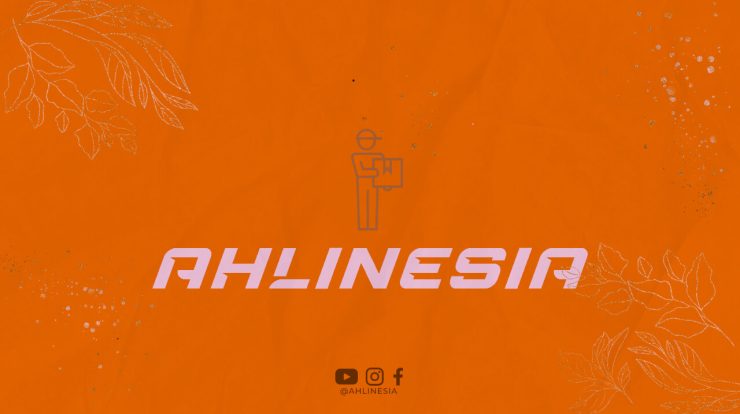
Studying in Australia: An Attractive Option for Singaporean Students
With its world-class education system, vibrant culture, and stunning landscapes, Australia has become an increasingly popular destination for Singaporean students seeking higher education abroad. However, one crucial aspect that often concerns prospective students is the cost of studying in Australia. In this article, we will delve into the various factors that determine the expenses involved and provide you with a comprehensive understanding of how much it typically costs to study in Australia from Singapore.
Tuition Fees: The Major Expense
The most significant cost that Singaporean students will encounter when studying in Australia is the tuition fees. These fees vary depending on the course, university, and level of study. On average, undergraduate courses can range from AUD 20,000 to AUD 45,000 per year, while postgraduate courses can range from AUD 22,000 to AUD 50,000 per year.
Living Expenses: Budgeting for a Comfortable Stay
In addition to tuition fees, students must also consider their living expenses when studying in Australia. These expenses include accommodation, food, transportation, health insurance, and other miscellaneous costs. On average, students can expect to spend around AUD 15,000 to AUD 25,000 per year on living expenses.
Accommodation Options: Finding Your Home Away from Home
When it comes to accommodation, students have several options to choose from. On-campus accommodation, such as dormitories or residential colleges, offers convenience and a sense of community but can be quite competitive to secure. Off-campus options, such as shared apartments or renting a room, provide more independence but require additional effort in finding suitable accommodation. The cost of accommodation can range from AUD 150 to AUD 400 per week, depending on the location and type of housing.
Part-Time Work: Supplementing Your Income
Many international students in Australia opt to work part-time to help cover their expenses. As a Singaporean student, you are allowed to work up to 20 hours per week during the semester and full-time during semester breaks. The minimum wage in Australia is around AUD 19 per hour, which can significantly contribute to your overall budget. However, it is important to strike a balance between work and studies to ensure academic success.
Scholarships and Financial Aid: Easing the Financial Burden
Various scholarships and financial aid options are available for international students studying in Australia. These can help alleviate the financial burden and make studying in Australia more affordable. Some scholarships are offered by Australian universities, while others are provided by the Singaporean government or private organizations. It is crucial to research and apply for relevant scholarships well in advance.
Other Considerations: Health Insurance and Visa Costs
When studying in Australia, it is mandatory for international students to have Overseas Student Health Cover (OSHC) to cover any medical expenses. The cost of OSHC varies depending on the duration of your course and the insurance provider but generally ranges from AUD 400 to AUD 800 per year.
Additionally, students need to consider visa costs, including the student visa application fee. Currently, the student visa application fee for the subclass 500 visa is AUD 620. It is essential to review the latest visa requirements and fees before applying.
Conclusion
Studying in Australia offers an enriching educational experience and exciting opportunities for Singaporean students. While the cost of studying in Australia from Singapore may seem daunting at first, with careful planning, budgeting, and exploring scholarship options, it is possible to pursue your dreams without breaking the bank. Remember to consider factors such as tuition fees, living expenses, accommodation options, part-time work, scholarships, and additional costs like health insurance and visa fees. By understanding and managing these expenses, you can embark on a rewarding educational journey in Australia.






